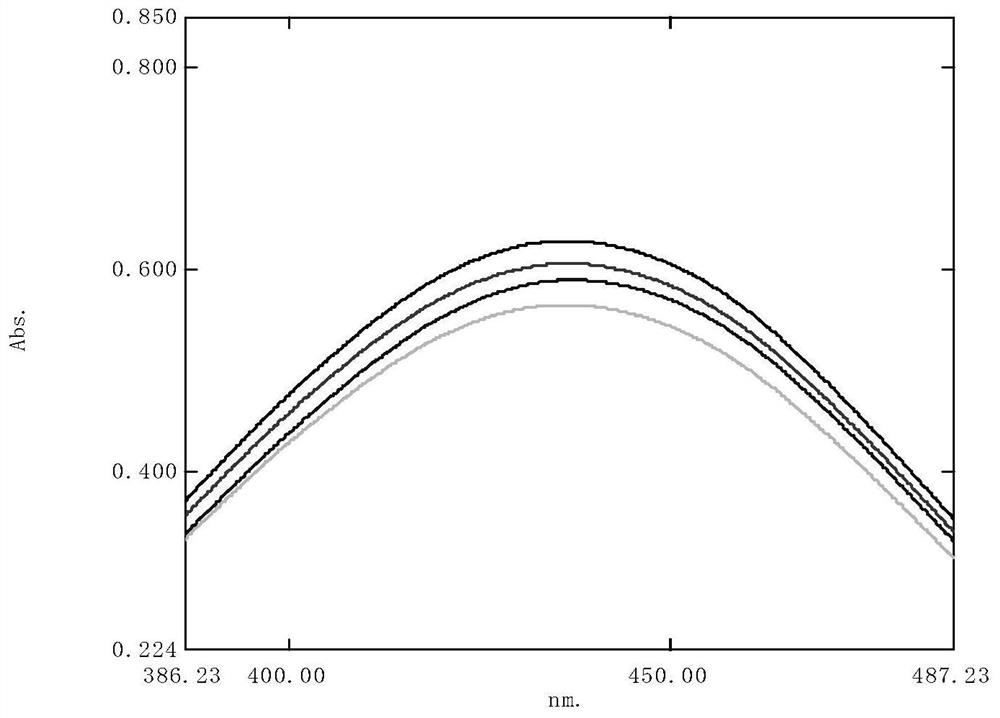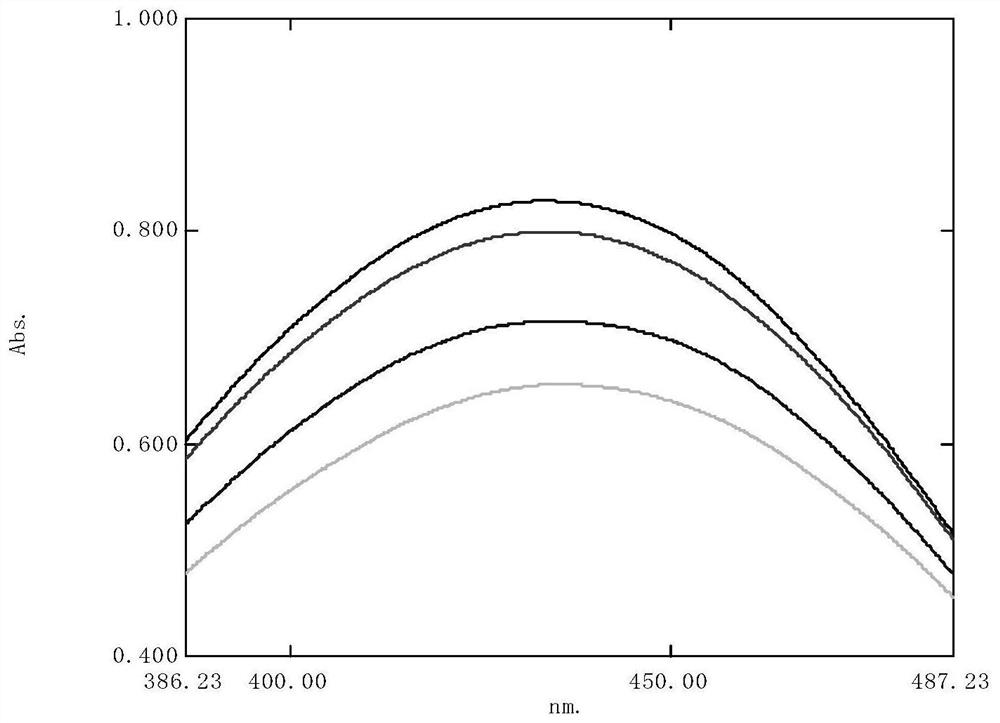Tripterine nitrogen-containing five-membered heterocyclic derivative as well as preparation method and application thereof
A technology of tripterine and five-membered heterocyclic rings, which is applied in the field of compounds and their preparation, can solve the problem of few natural anticancer drugs, and achieve the effects of excellent antitumor activity, high yield, and mild reaction conditions
- Summary
- Abstract
- Description
- Claims
- Application Information
AI Technical Summary
Problems solved by technology
Method used
Image
Examples
Embodiment 1
[0033] Embodiment 1: the preparation of intermediate II-1
[0034] In a two-necked flask, add 69.07mg 1H-1,2,4-triazole (1.0mmol, 1.0eq), 138mg K 2 CO 3 (1.0mmol, 1.0eq), dissolved in 10ml of acetone, ice bath, in N 2 Under protection, stirred, 259.7μl 1,2-dibromoethane (3mmol, 3eq) was added dropwise, after 3h, the ice bath was removed, and the reaction was carried out at room temperature for 3 days. Spin to dry the solvent, add 25ml ethyl acetate to dilute, wash 5-6 times with water, combine the organic layers, wash with saturated NaCl solution (30ml), anhydrous NaCl 2 SO 4 Dry, filter, concentrate the organic phase, purify by column chromatography (PE / EA=2:1), and dry in vacuo overnight to obtain Intermediate II-1 as a transparent oily liquid, 75.9 mg, yield 43.1%.
[0035] ESI-MS: Bromine isotope characteristic peaks 176.0, 178.0 [M+H] + .
[0036] The reaction formula is as follows:
[0037]
Embodiment 2
[0038] Embodiment 2: the synthesis of I-1
[0039] Dissolve 45.1mg (0.1mmol, 1.0eq) tripterine in 5ml DMF, add 33.6mg NaHCO 3(0.4mmol, 4.0eq), stirred, added 26.4g (0.15mmol, 1.5eq) of intermediate II-1, and heated to reflux at 60°C. Until the TLC detection shows that the reaction is complete, add 40ml ethyl acetate to dilute, wash 5-6 times with water, combine the organic layers, wash with saturated NaCl solution (30ml), anhydrous NaCl 2 SO 4 Dry, filter, concentrate the organic phase, column chromatography (DCM / MeOH=50:1), and vacuum dry overnight to obtain 26.5 mg of I-1 (orange-red solid), with a yield of 48.7%.
[0040] ESI-MS: 546.3[M+H] + .
[0041] 1 H-NMR (300MHz, CDCl 3 , TMS), δppm: 0.51(3H,s), 1.08(3H,s), 1.17(3H,s), 1.25(3H,s), 1.43(3H,s), 2.19(3H,s), 3.86- 3.92(1H,m),3.96-4.02(1H,m),4.22(2H,t),6.33(1H,d,J=6.0Hz),6.51(1H,s),7.10(1H,d,J= 6Hz), 7.92(1H,s), 8.04(1H,s).
[0042]
Embodiment 3
[0043] Embodiment 3: the preparation of intermediate II-2
[0044] The 1,2-dibromoethane in Example 1 was replaced with 304.5 μl (3 mmol, 3.0 eq) of 1,3-dibromopropane, and other conditions remained unchanged, to obtain 128.4 mg of white solid II-2 with a yield of 67.6%.
[0045] ESI-MS: Bromine isotope characteristic peaks 190.0, 192.0 [M+H] + .
[0046] The reaction formula is as follows:
[0047]
PUM
 Login to View More
Login to View More Abstract
Description
Claims
Application Information
 Login to View More
Login to View More - R&D
- Intellectual Property
- Life Sciences
- Materials
- Tech Scout
- Unparalleled Data Quality
- Higher Quality Content
- 60% Fewer Hallucinations
Browse by: Latest US Patents, China's latest patents, Technical Efficacy Thesaurus, Application Domain, Technology Topic, Popular Technical Reports.
© 2025 PatSnap. All rights reserved.Legal|Privacy policy|Modern Slavery Act Transparency Statement|Sitemap|About US| Contact US: help@patsnap.com



